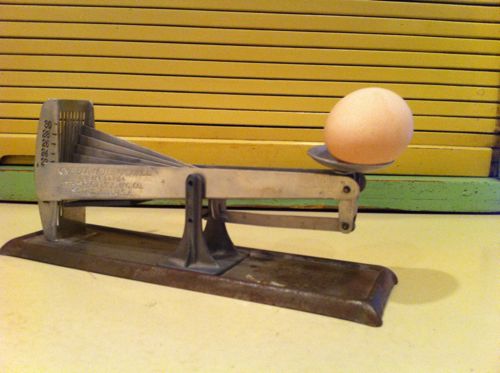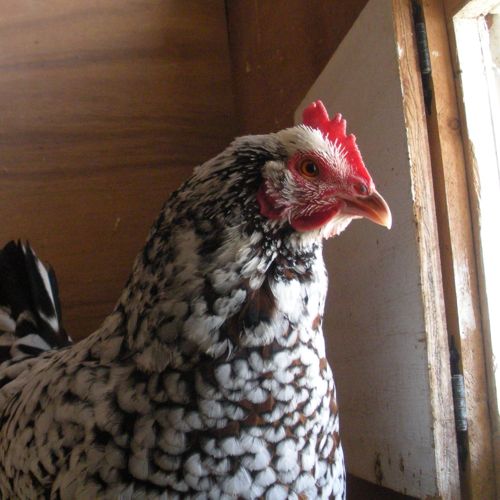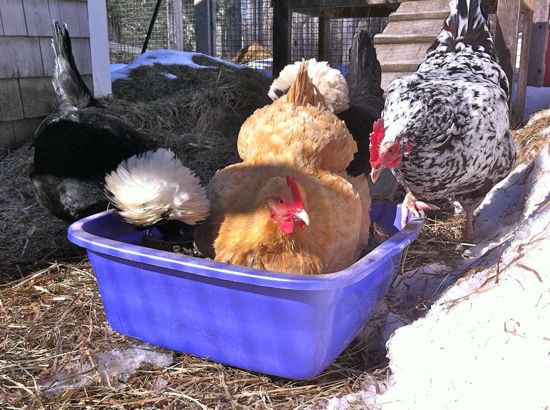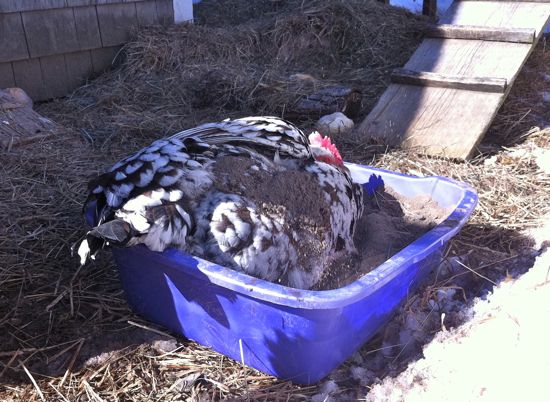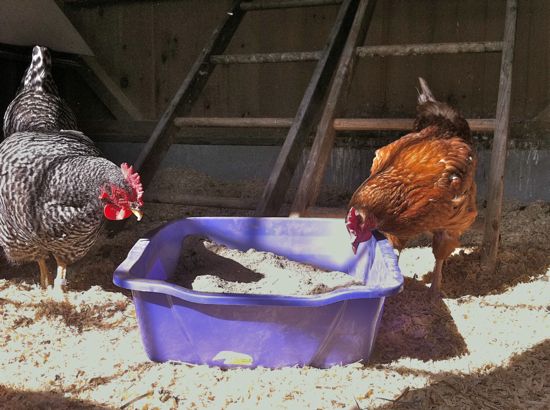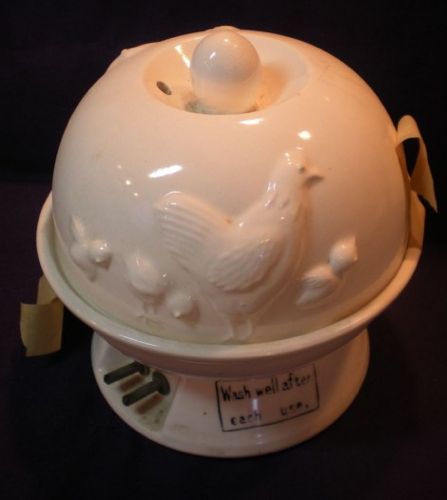Cooking an egg in it’s shell is one of the simplest cooking tasks, and yet so many get it so wrong. First of all, you shouldn’t boil an egg. When cooked at a high temperature, components of the yolk interact and a green ring forms. It’s edible, but ugly. Eggs should be hard-cooked, not hard-boiled. To do this, put eggs into a pot of water, making sure that there’s a good inch of water covering them. Bring to a full simmer, but not a rolling boil. Turn off the heat, and cover. Let sit for 14 minutes for small eggs and 16 for large ones. Chill the eggs in ice water and then drain and peel. The eggs will be firm, but not rubbery, and will have a beautiful yolk.
What you do not have to do is prick the end of the egg before cooking! I’ve seen this advice time and again, with the caveat that your egg will crack if you don’t. This is one of those myths that comes from a germ of truth. Years ago, before factory farms and cold storage, eggs were seasonal. Come winter and eggs were dear. A farmer would store eggs and sell in them in February, when the price was high. They used something called water-glass to preserve the eggs. Water-glass is a chemical, sodium silicate. When mixed with water, it forms a protective gel, which sealed off the pores of the egg shell. So, if you boiled an egg that had been sealed in such a way, the air in the egg would explode the shell – unless you pricked the end with a needle.
If your eggs do crack when cooking, it is likely that the shells were thin. Older chickens lay thin-shelled eggs. Even fed oyster shell for calcium, eggs from older hens are fragile. That’s yet another reason why commercial farms don’t keep chickens past the second molt. Egg breakage is too costly. I’ve learned to put the thin-shelled eggs gently in the egg basket and to not hard-cook them.
There are also plenty of myths about how to cook eggs so that they peel easily. Egg peeling ease is almost 100% a product of how old the egg is. The older it is, the easier to peel. Eggs less than 10 days old are always a pain to peel – the white sticks to the shell. This is because the membrane between the shell and white isn’t firm. So, if you want to hard-cook your freshly laid eggs, put them in a carton, label it with the date and store in the fridge for a week.
I have a recipe to share with you that uses hard-cooked eggs, but the eggs in my fridge are too fresh. So, I’m going to buy eggs from a small local farm and will post the results later this week.
